October 19, 2020 - Louisville
|
|
This morning we drove west from Lexington to Louisville. First stop, the Louisville Slugger bat factory and museum, located in downtown Louisville, close to the Ohio River. I was a little nervous going into downtown Louisville given the recent riots/looting/vandalism recently but the city seemed deserted and we had no problem. The factory is owned by Hillerich & Bradsby Company, named after family legend "J. A. "Bud" Hillerich made a bat for Louisville Eclipse star Pete Browning after Browning broke his bat during a game in which Hillerich attended in July 1884. The next day, Browning got three hits with the bat and the legend was born."
We went on the tour which only lasted 30 minutes or so but was interesting.
Outside is the world's largest bat. Although the company started making bats in 1886, the factory has only been in this location since 1996.
|
| |
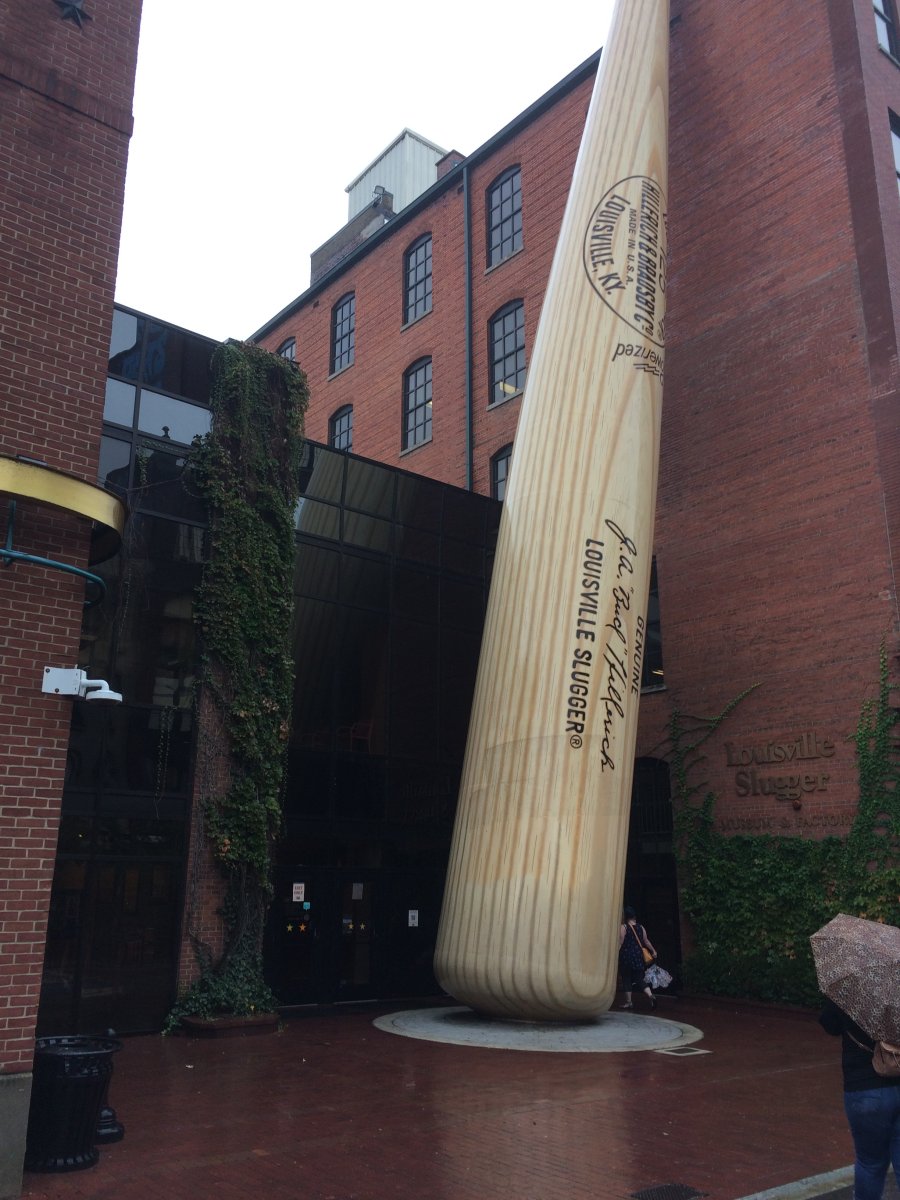 |
|
|
First they make "billets" out of wood grown in their own private forest. More than 90% of all H&B baseball bats since 1884 were made of Ash. But in the 1990s they switched over to Maple.
|
| |
 |
|
| Some billets are reserved for specific players. |
| |
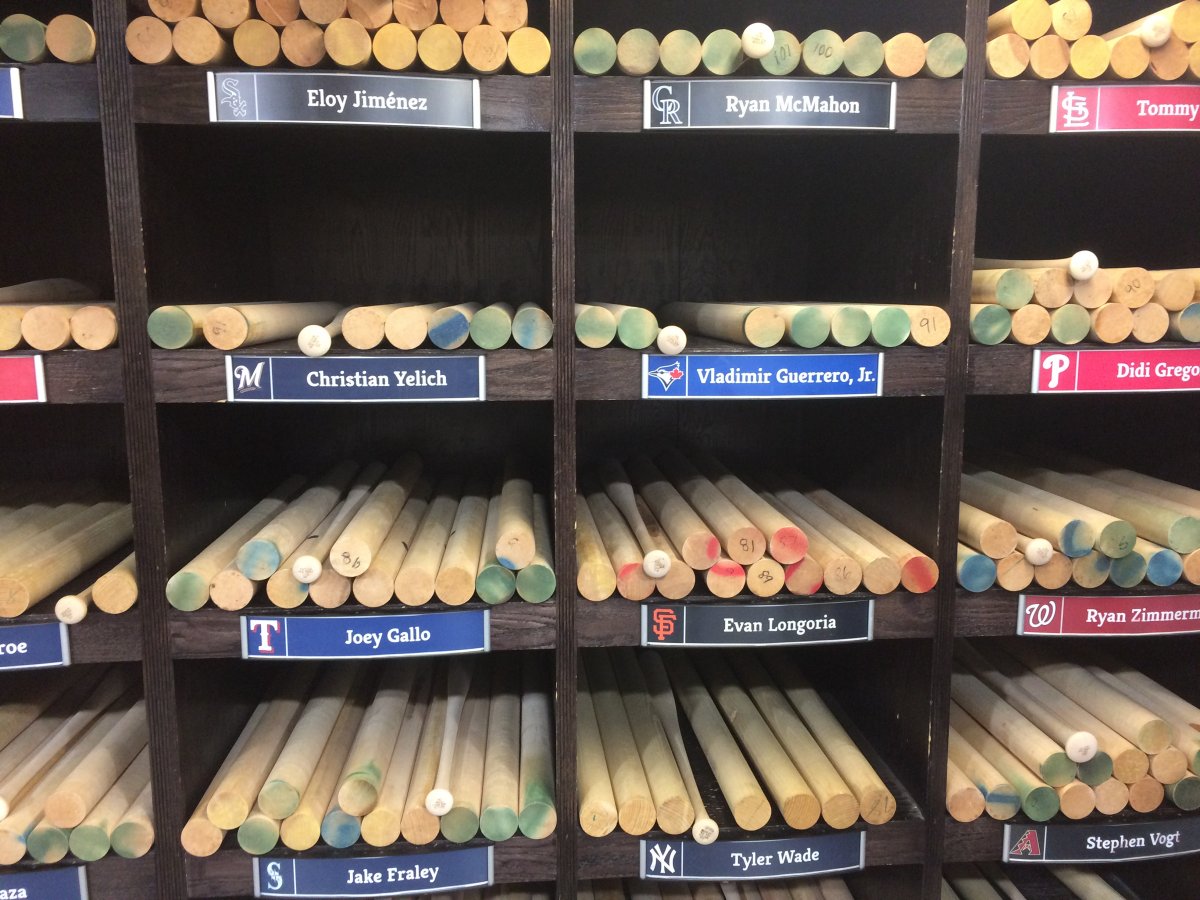 |
|
|
Famous baseball players have signed the wall here.
|
| |
 |
|
| Machines make the bats but there is sitll a lot of manual labor involved as well. |
| |
 |
|
| Bat assembly line. |
| |
 |
|
| Finished bats, ready for staining, varnishing and engraving. |
| |
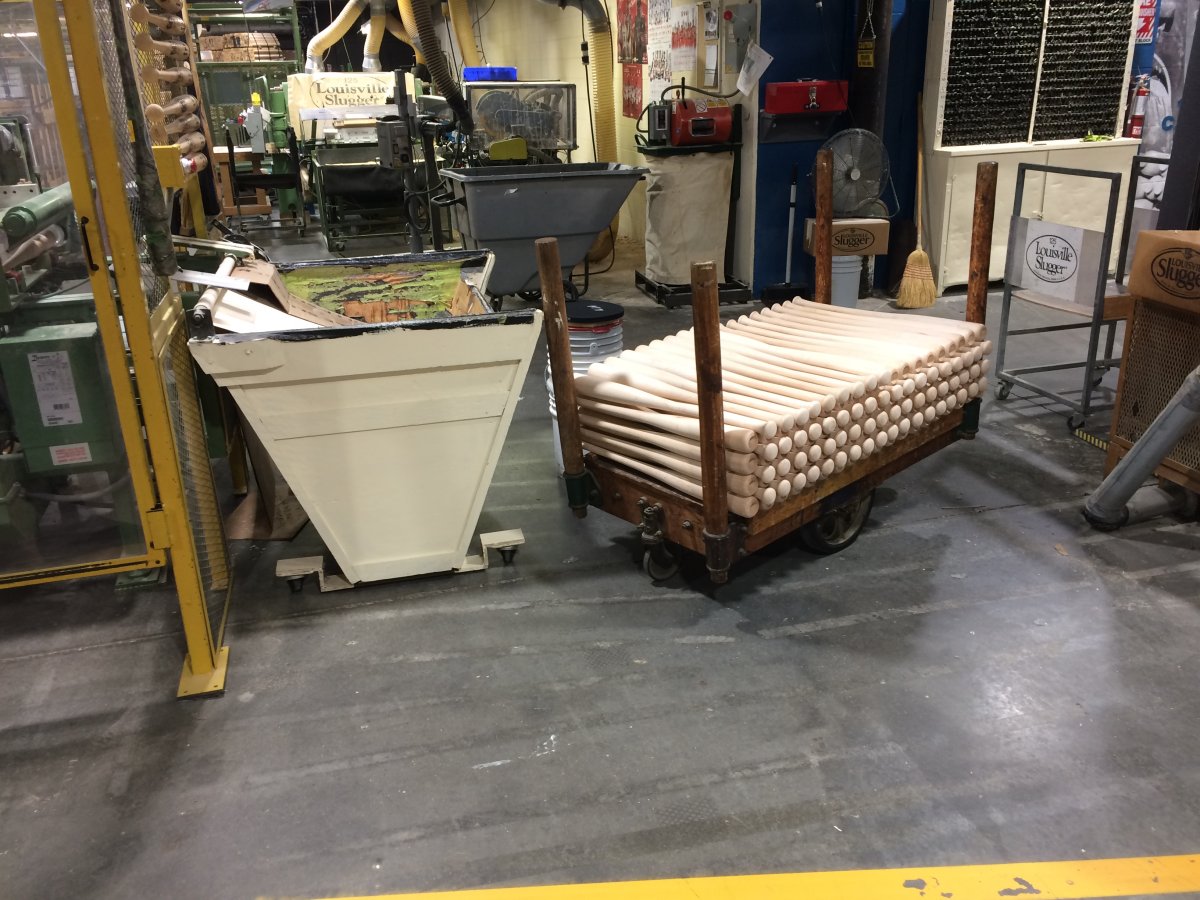 |
|
|
There was a small but interesting museum.
This is the famous bat Bath Ruth used to hit the first 21 home runs of his record breaking 60 in the 1927 season. He carved a little notch for each one on this bat.
|
| |
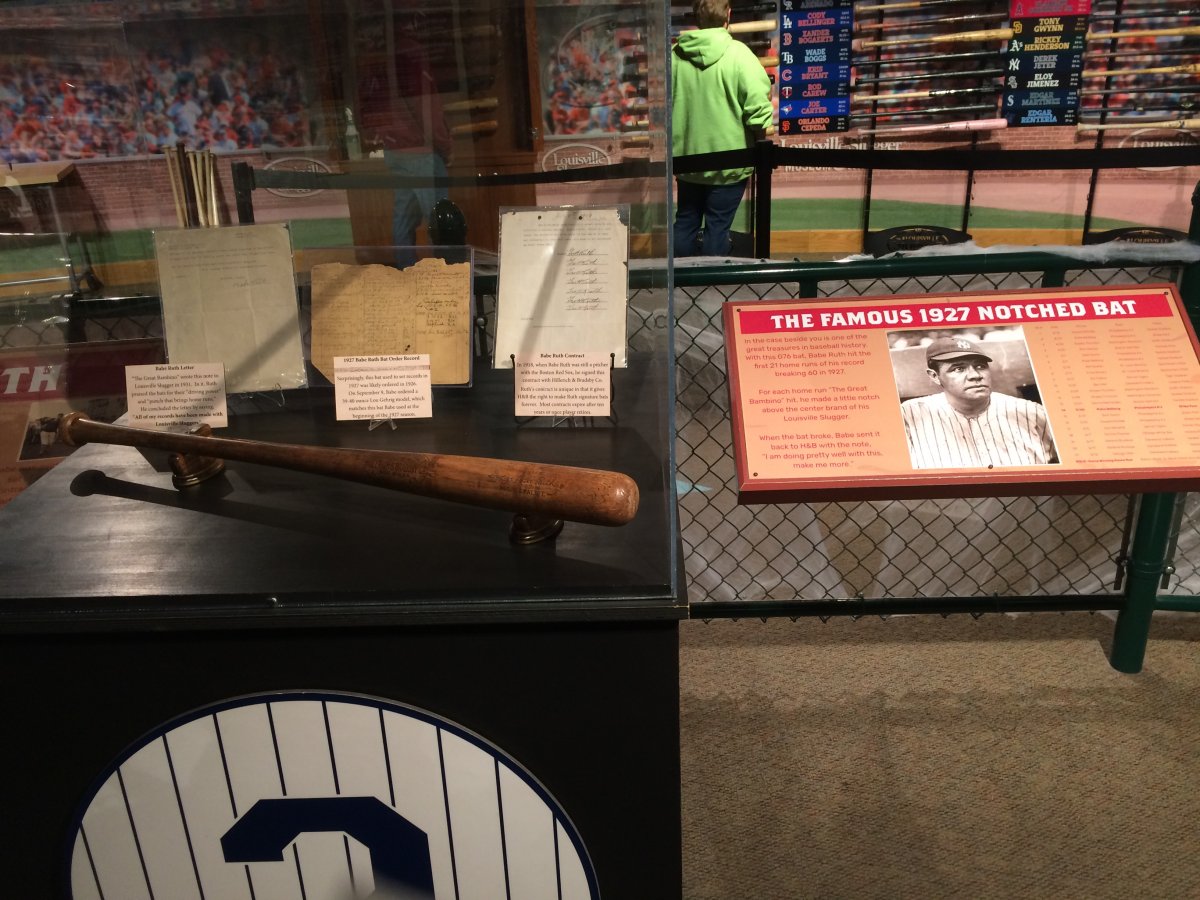 |
|
| Lynnette holding a bat used by the Baltimore Oriole great Cal Ripken Jr. |
| |
 |
|
|
|
| |
 |
|
| Next we headed south through Louisville to the famous Churchill Downs horse racing complex. |
| |
 |
|
| Churchill Downs officially opened in 1875 and was named for Samuel Churchill, whose family was prominent in Kentucky for many years. |
| |
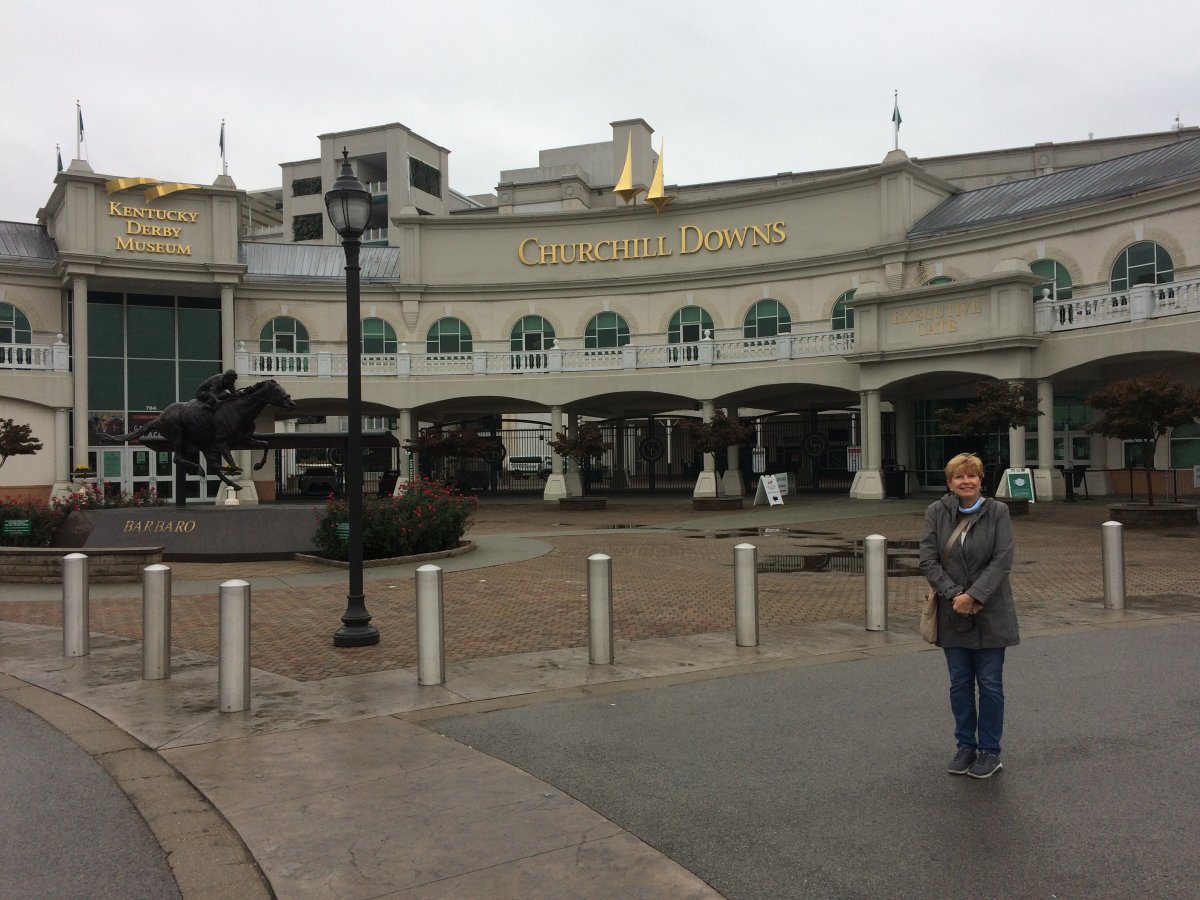 |
|
| We went on a guided tour which was very interesting. That's our guide on the left. |
| |
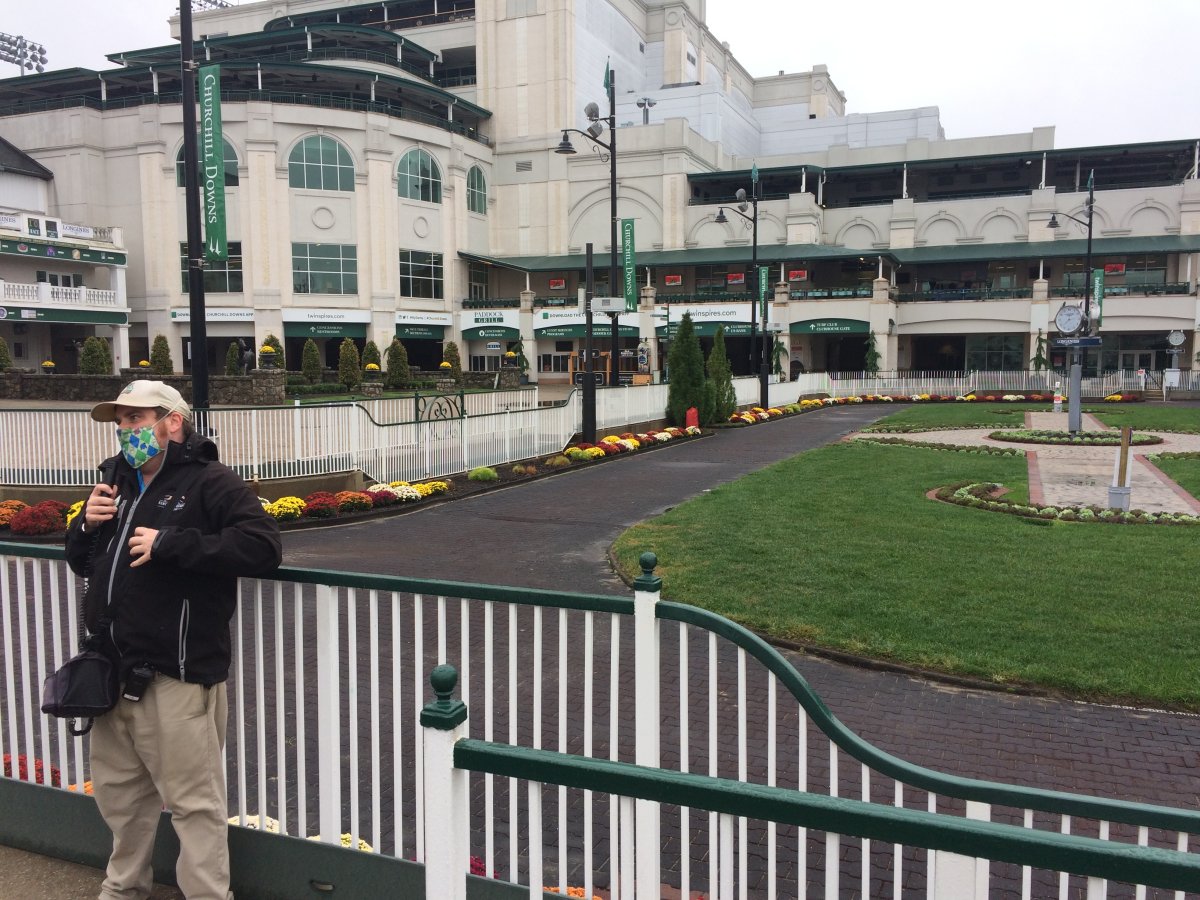 |
|
|
Temporary stalls for the Derby race horses.
|
| |
 |
|
| The famous twin spires of Churchill Downs. |
| |
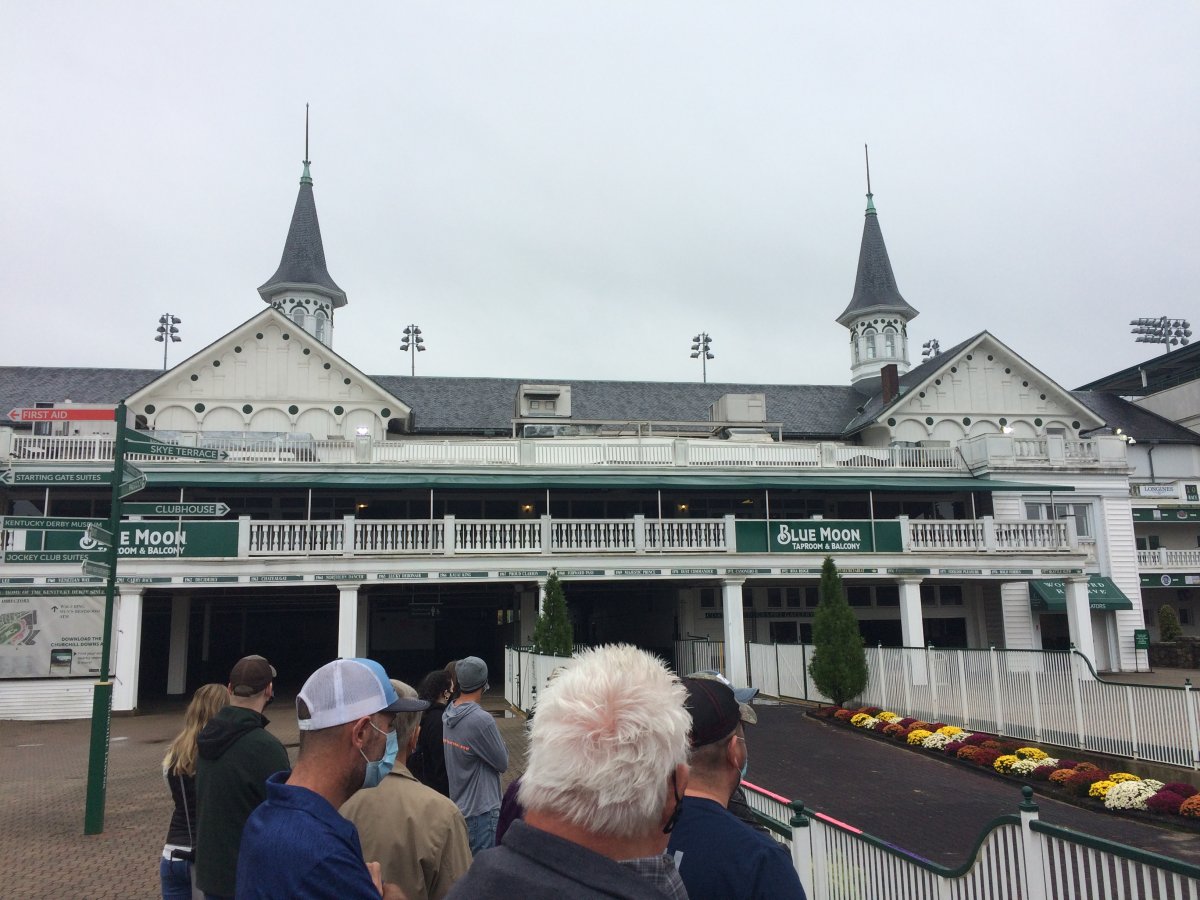 |
|
|
The grandstands. It must cost a pretty penny to get a seat for the Kentucky Derby.
|
| |
 |
|
| That's no ordinary track. Quite a bit of thought goes into its composition: sand, dirt, etc. |
| |
 |
|
| Another look at the grandstands on this gloomy day. There are 79 luxury suites. |
| |
 |
|
| It must be pretty exiciting when the big horses come thundering around the final bend and on to the home stretch in a close race. |
| |
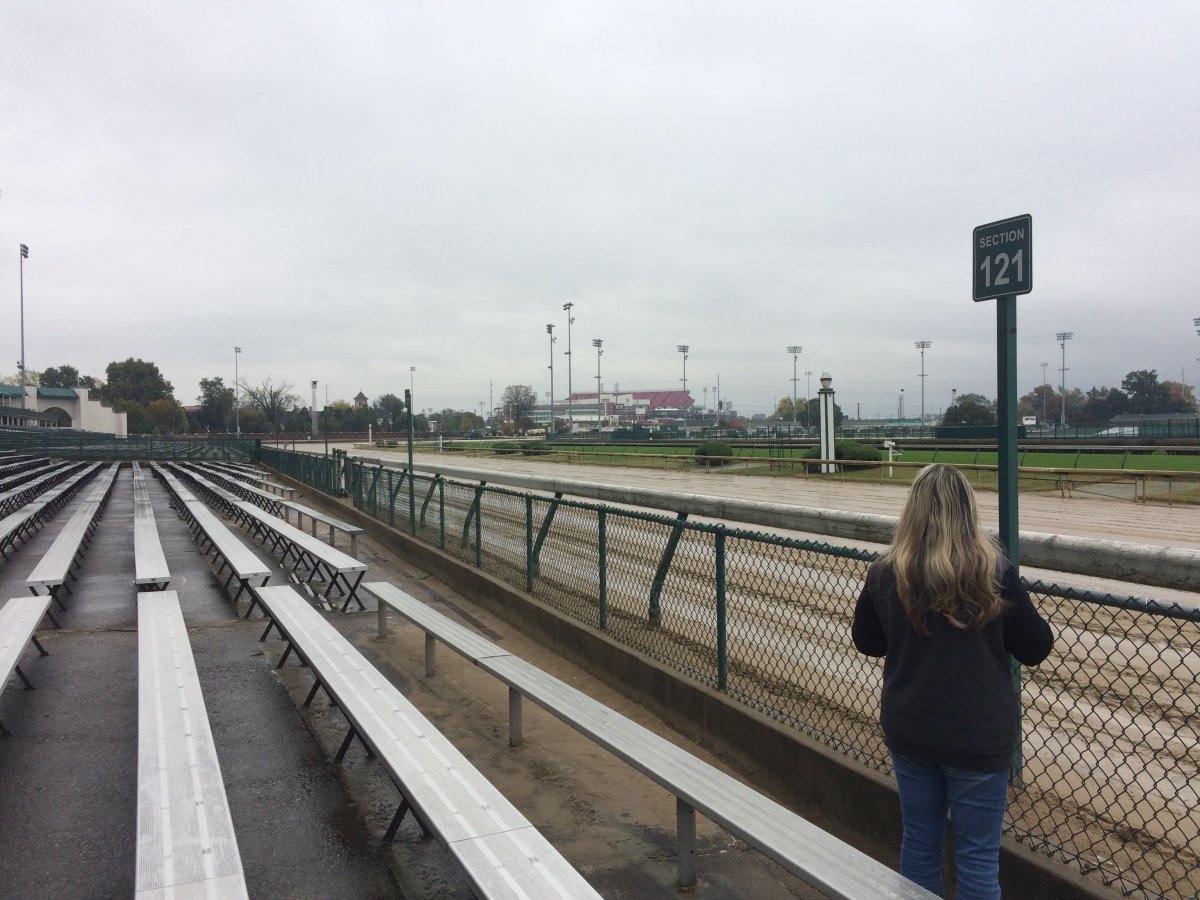 |
|
|
The dirt oval main track, on which the Derby is run, is one mile in circumference and is 80 feet wide, with a 120-foot-wide section for the starting gate. A turf track, inside the main track, is 7⁄8 mile in circumference and 80-foot wide.
|
| |
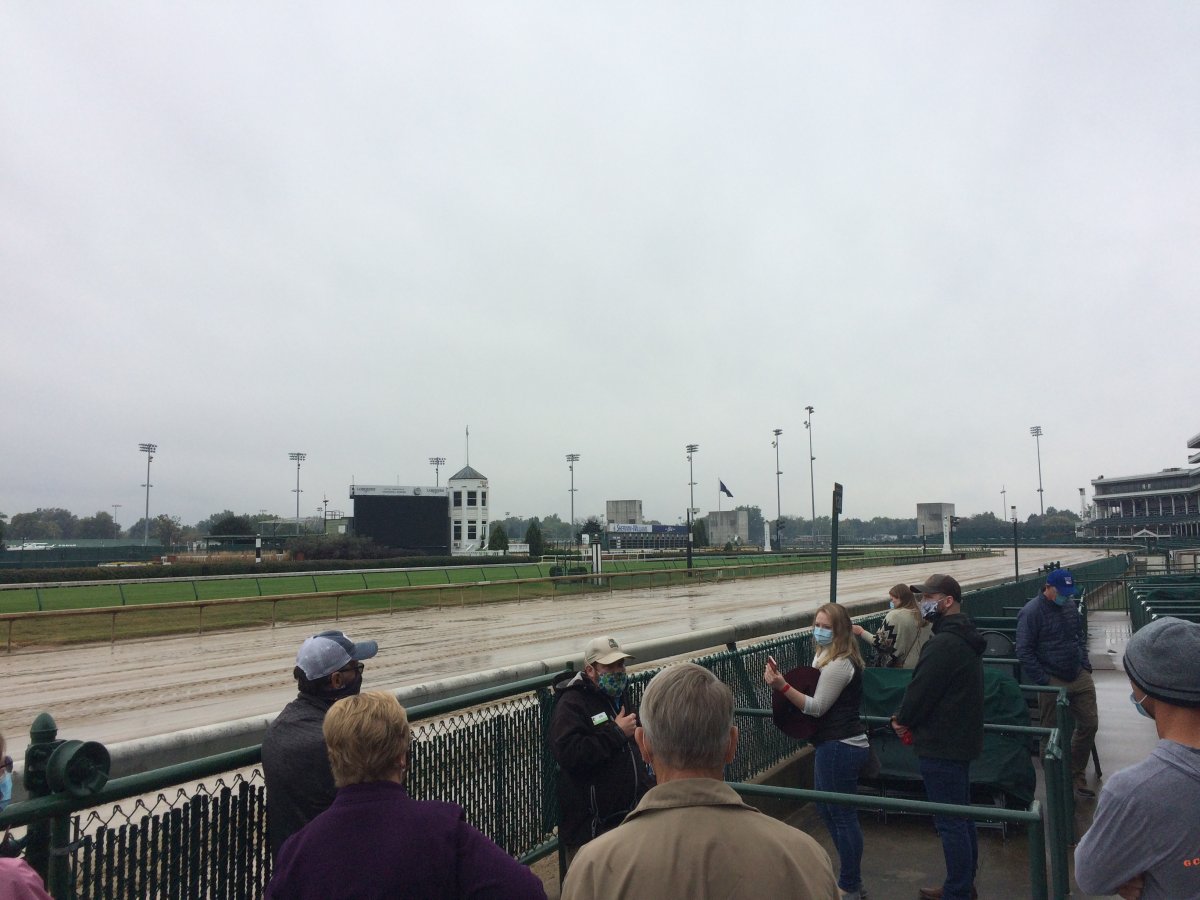 |
|
| The usual number of people seated at the Derby is 50,000 people, though crowds can reach over 150,000 on Derby day. |
| |
 |
|
|
Churchill Downs has a small but nicely done museum. The horse that wins the Derby gets a wreath of roses; that's why they call it the run for the roses.
In the 360-degree cinema, we saw the short film "The Greatest Race," a documentary about the Kentucky Derby. It really gave you a sense of the power of these magnificent horses, the pagentry of the event, and the sheer excitement of the race.
|
| |
 |
|
|
Another look at the twin spires from the parking lot.
|
| |
 |
|
| |
| |
|
|
|
|
|
|






















